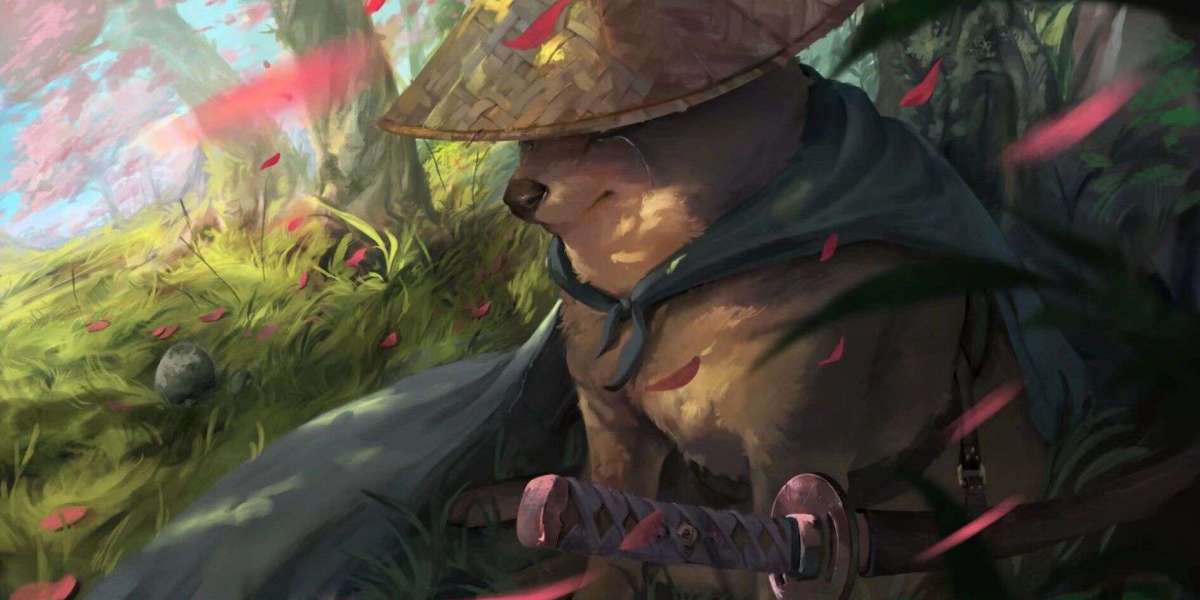The Emperor's Cup: Tea as a Symbol of Power and Authority
Tea served as more than just a drink in the Qing court; it was a potent symbol of imperial power and authority. The emperor's tea ceremonies, often elaborate affairs, were carefully orchestrated events that reinforced his status and authority. The selection of tea, the preparation methods, and even the type of teaware used were all meticulously chosen to reflect the emperor's taste and power. The act of sharing tea with officials and dignitaries was a powerful tool for diplomacy and political maneuvering.
A Spectrum of Flavors: The Teas of the Qing Court
The Qing Dynasty palace enjoyed a diverse range of teas, each with its unique characteristics and associated symbolism. Green tea, known for its refreshing taste and delicate aroma, was a popular choice, often served in elegant porcelain cups. Oolong tea, with its rich and complex flavor profile, was also favored, particularly among the imperial family. Black tea, with its strong and robust character, was often reserved for special occasions. The choice of tea could reflect the season, the occasion, or even the mood of the emperor.
Ritual and Ceremony: The Art of Tea Preparation in the Palace
The preparation of tea in the Qing court was far from casual. It was a carefully choreographed ritual, performed with precision and grace. Specialized tea utensils, often crafted from exquisite materials like jade or porcelain, were used. The process involved meticulous steps, from the selection of water to the precise measurement of tea leaves and the careful pouring of the brew. These rituals served to enhance the sensory experience of tea drinking and to reinforce the social hierarchy within the palace.
Beyond the Cup: Tea and Social Interaction
Tea played a crucial role in social interaction within the Qing palace. It served as a means of fostering relationships, exchanging information, and conducting diplomatic negotiations. Tea ceremonies were often used as opportunities for the emperor to meet with officials and dignitaries, allowing for informal discussions and the exchange of ideas. The act of sharing tea created a sense of intimacy and trust, facilitating communication and collaboration.
A Legacy of Refinement:
The Qing Dynasty's palace tea culture represents a pinnacle of refinement and artistry. It was a system that combined aesthetic appreciation with social and political significance, leaving a lasting legacy on Chinese tea culture and influencing tea practices around the world. The meticulous attention to detail, the symbolism embedded within each step of the tea ceremony, and the social significance of tea drinking all contributed to the unique and enduring character of Qing palace tea culture.








